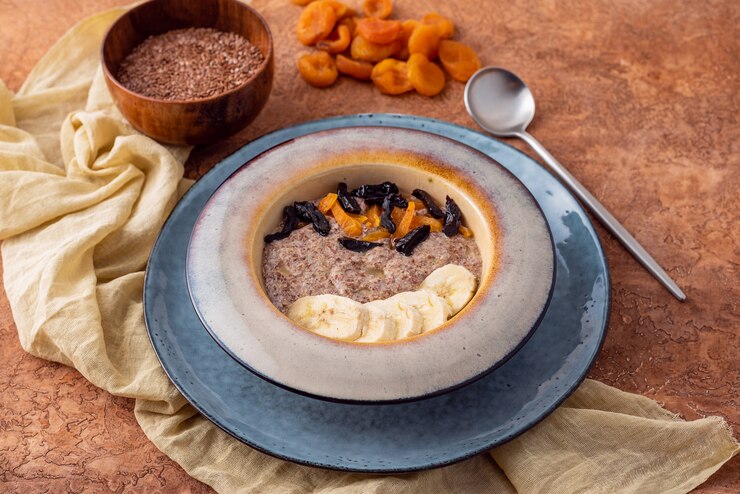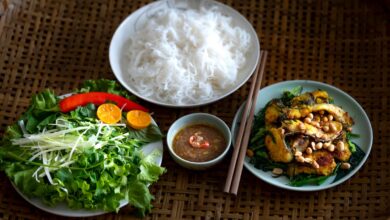Taste the Wild with Porcupine Soup

Introduction to Porcupine Soup
Porcupine soup, a dish steeped in tradition and cultural significance, has been enjoyed by various communities around the world. Its unique flavor and rich history make it an intriguing culinary delight for adventurous eaters. This blog post will take you on a flavorful journey, exploring the origins of porcupine soup, its nutritional benefits, different recipes, preparation techniques, and the importance of sustainability in its consumption.
A Cultural Journey
Porcupine soup has roots in various indigenous cultures, where porcupine meat has been a staple for centuries. It’s more than just a meal; it’s a part of cultural heritage and a symbol of survival and resourcefulness. Many Native American tribes have historically included porcupine in their diet, often preparing it in soups and stews during harsh winters when other food sources were scarce.
Modern Revival
While not as common in contemporary cuisine, porcupine soup is experiencing a revival among food enthusiasts who seek to connect with traditional foods and sustainable living practices. This resurgence speaks to its lasting appeal and the ongoing interest in unique and culturally rich dishes.
What to Expect
In this post, we’ll explore the nutritional benefits of porcupine meat, provide various recipes, offer preparation tips, discuss sustainability, and encourage responsible consumption. Whether you’re a seasoned cook or a curious foodie, you’ll find valuable insights to enrich your culinary adventures.
Nutritional Benefits of Porcupine Meat
Porcupine meat isn’t just a cultural delicacy; it’s also packed with nutritional benefits that make it a healthy choice for those looking to diversify their diet.
Rich in Protein
Porcupine meat is an excellent source of protein, essential for building and repairing tissues in the body. Protein is also crucial for the production of enzymes and hormones, making it a vital component of a balanced diet.
Low in Fat
Compared to other meats, porcupine is relatively low in fat, particularly saturated fat. This makes it a healthier option for those aiming to reduce their fat intake while still enjoying a hearty, flavorful meal.
Packed with Micronutrients
Porcupine meat is rich in essential vitamins and minerals, including iron, zinc, and B vitamins. These nutrients play a vital role in maintaining overall health, supporting immune function, and promoting energy metabolism.
Different Porcupine Soup Recipes
There are countless ways to prepare porcupine soup, each offering a unique twist on this traditional dish. Here are three variations that showcase its versatility and flavor.
Traditional Porcupine Soup
This classic recipe features simple ingredients and a slow-cooking process that brings out the rich flavors of the meat.

Ingredients:
- 1 lb porcupine meat
- 4 cups water
- 2 cups diced potatoes
- 1 cup chopped carrots
- 1 cup diced onions
- Salt and pepper to taste
- Bay leaves and thyme for seasoning
Instructions:
- In a large pot, bring water to a boil and add the porcupine meat.
- Reduce heat and simmer for 2 hours, or until the meat is tender.
- Add potatoes, carrots, onions, and seasonings. Continue to simmer for another hour.
- Season with salt and pepper to taste. Serve hot.
Modern Porcupine Soup
This contemporary take on porcupine soup incorporates more diverse ingredients to create a complex and satisfying flavor profile.
Ingredients:
- 1 lb porcupine meat
- 4 cups chicken broth
- 1 cup diced tomatoes
- 1 cup chopped kale
- 1 cup sliced mushrooms
- 2 cloves minced garlic
- Olive oil, salt, and pepper
- Fresh herbs like parsley and cilantro
Instructions:
- In a large pot, heat olive oil and sauté garlic until fragrant.
- Add porcupine meat and brown on all sides.
- Pour in chicken broth and bring to a boil. Reduce heat and simmer for 2 hours.
- Add tomatoes, kale, mushrooms, and herbs. Simmer for another hour.
- Season with salt and pepper to taste. Garnish with fresh herbs before serving.
Fusion Porcupine Soup
For those who love experimenting with flavors, this fusion recipe combines traditional and modern elements for a unique gastronomic experience.
Ingredients:
- 1 lb porcupine meat
- 4 cups beef broth
- 1 cup coconut milk
- 1 cup diced sweet potatoes
- 1 cup baby spinach
- 2 tbsp curry powder
- Ginger, garlic, and chili peppers for spice
Instructions:
- In a large pot, sauté ginger, garlic, and chili peppers until fragrant.
- Add porcupine meat and brown on all sides.
- Pour in beef broth and bring to a boil. Reduce heat and simmer for 2 hours.
- Add sweet potatoes and curry powder. Simmer for 30 minutes.
- Stir in coconut milk and baby spinach. Cook for an additional 15 minutes.
- Season with salt and pepper to taste. Serve hot.
How to Prepare Porcupine Meat
Preparing porcupine meat requires care and attention to ensure it is safe and delicious. Follow these steps for a successful culinary experience.
Cleaning and Prepping
Begin by thoroughly cleaning the meat to remove any dirt, quills, or fur. Use a sharp knife to trim away any excess fat and cut the meat into manageable pieces.
Tenderizing the Meat
Porcupine meat can be tough, so it’s essential to tenderize it before cooking. Marinating the meat in a mixture of vinegar, oil, and spices for several hours can help break down the fibers and enhance the flavor.
Safe Cooking Practices
Cook the meat thoroughly to ensure any potential parasites or bacteria are killed. Slow cooking methods, such as simmering or braising, are ideal for porcupine meat, as they make it tender and flavorful.
Sustainability and Ethical Considerations
When consuming wild game like porcupine, it’s crucial to consider sustainability and ethical practices to ensure the survival of wildlife populations and respect for nature.
Sustainable Hunting
Ensure that the porcupine is sourced from sustainable hunting practices. Avoid over-hunting and adhere to local regulations and guidelines set by wildlife conservation authorities.
Ethical Consumption
Respect the animal by using as much of it as possible, minimizing waste. This aligns with traditional practices, where every part of the animal was utilized.
Supporting Conservation Efforts
Consider supporting wildlife conservation efforts and organizations that work to protect habitats and ensure the survival of species like porcupines. By doing so, you contribute to the preservation of biodiversity and the planet’s health.
Conclusion
Porcupine soup is a unique and flavorful dish that offers a connection to cultural traditions and a range of health benefits. By following the recipes and preparation tips provided, you can enjoy this delicacy responsibly and sustainably.



